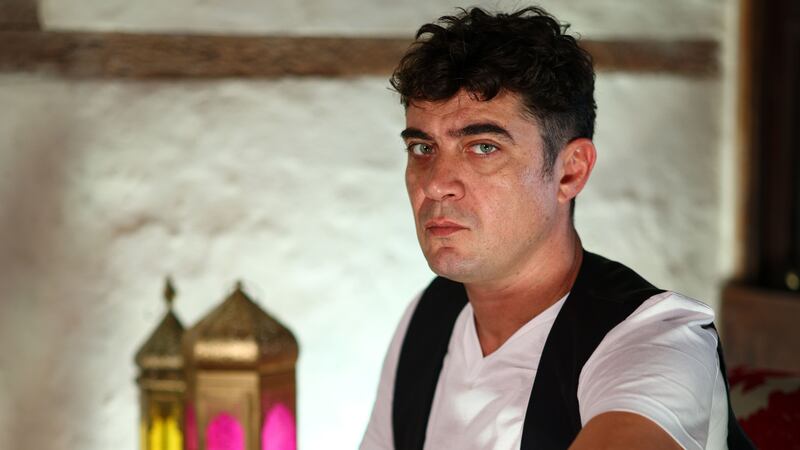After seven years, the Siteserv inquiry has crossed the finish line with the publication by Mr Justice Brian Cregan of his final report. It would be unfair to say the inquiry limped over the line, but it did not sprint either.
The are several reasons it took such a long time. Some of them are integral to the painstaking nature of Irish tribunals and inquiries. A lot of it has to do with respecting the legal rights of people appearing before the inquiry. One reason in particular was highlighted by Justice Cregan; he was asked to investigate claims that were made anonymously.
As he put it: “One of the more difficult issues faced by the IBRC (Irish Bank Resolution Corporation) commission arose from the fact that some TDs received documentary evidence from anonymous sources.”
The TDs in question would not identify the sources, as is their legal right. At this juncture it is probably reasonable to ask the question as to whether have we reached peak tribunal when a judge is being asked by the Dáil to look into the truth of matters raised under Dáil privilege by members of the Dáil, who won’t say who gave them the information.
READ MORE
The State has held inquiries since its inception, but the dawn of what could be termed the age of tribunals really began with the establishment in 1997 of the Tribunal of Inquiry into Certain Payments to Politicians and Related Matters. The Moriarty tribunal as it was known – they tend to be named after the presiding judge – looked into payments to former taoiseach Charles Haughey and former minister Michael Lowry.
It was established in response to widespread public anger over a string of reports in the media about payments to Haughey and Michael Lowry by businessmen Ben Dunne of the eponymous supermarket dynasty. The clamour that followed an earlier inquiry by Mr Justice Brian McCracken threatened to overwhelm the then-government.
Establishing the tribunal served to both defuse the immediate crisis and to kick the can – in terms of what was to be done – down the road. The cynical might argue that establishing the truth was a secondary concern for politicians who set it up.
To a greater or lesser extent this has been the pattern ever since and at the last count – courtesy of the Department of Public Expenditure and Reform – there have been seven tribunals, 12 commissions of investigation, one commission to inquire and three reports established over the past 25 years.
The cost amounts to €517 million.
The final bill for the Commission of Investigation into Irish Bank Resolution Corporation – to give the Cregan inquiry its proper title – has come in at €17.5 million.
It is a lot of money to establish that the State may have sold an asset of the failed Anglo Irish Bank for €8.7 million less than it was really worth. None of this is meant at a criticism of Justice Cregan. He did his job. The problem is the process he was required by law to follow.
He would appear to be acutely conscious of the shortcomings of the approach – hence his highlighting of the difficulties of investigating anonymous information supplied by TDs, which in the end were not substantiated.
Justice Cregan has called for the streamlining of future public inquiries by establishing a permanent commission of investigation.
It is all grist to the mill of those opposed to the use of inquiries to investigate accusations of political corruption and the unhealthy nexus between politics and money. Unsurprisingly, most of them come from the political and moneyed classes.
But before jumping on this well-heeled bandwagon, it is worth stepping back and looking at the impact of the last 25 years of inquiries on the health of Irish democracy and trust in the institutions of the State.
It boils down to one simple question. How much money is too much money to spend on shining a light in places that those with money and power would rather one was not shone?
Is €25 million a year a lot to pay to establish that former taoiseach Charles Haughey was on the take? Is it too much to pay to hold another former taoiseach, Bertie Ahern, to account over money the origins of which – to this day – he has not explained?
How much is too much to find out how 250 people with haemophilia were infected with HIV and hepatitis by the government?
What is the right amount of money a State should spend to establish if its planning system in endemically corrupt? That part of its police force operates outside the law? Or that citizens in nursing homes are not mistreated?
The list goes on. The treatment by the State of women and children in Mother and Baby homes; the abuse of children in institutions run by the Catholic Church.
Anyone who doesn’t appreciate the extent to which the health of Irish society has been improved as a result of these inquiries has not been paying attention.
And anyone who quibbles about the cost should have a look at the estimates for Government spending in 2023. We will spend more than €77 billion running the country this year. Spending 0.03 per cent of that on interrogating the strength of our institutions and the people who run them does not look excessive. It’s a rounding error.














